Championing women’s roles in the culinary world, Maria Canabal occupies many functions. She is a Journalist, author and founder of Parabere Forum, the first and most important annual event for women in hospitality.
Twelve essential ingredients from the Spanish Mediterranean
by Borja Matoses
The Spanish Mediterranean, spans eight provinces, with a coastline of about 3,000 kilometers that runs from the border with France in the Pyrenees to the Strait of Gibraltar and includes the Balearic Islands. Although each region has a distinct identity, the gastronomic stables are strong and unifying, recalling and revisiting the tangible elements of the shared culture.
Borja Matoses is no stranger to the diversity, complexity and richness of this region. Although he humbly calls himself a culinary commentator, his list of credentials and experience includes a place in Spain’s 20 most influential people in food industry list, he is a member of the prestigious Real Academia de Gastronomía, contributor on Netflix’s The Final Table and MasterChef; author for publications such as Food & Wine Magazine, Condé Nast Traveler, El Mundo and more.
Culinary curator, consultant and speaker at the most esteemed culinary institutions, for Luxeat’s very special Medertainian Issue, Matoses has selected and detailed twelve products that sculpt Spanish Mediterranean cuisine. Some popular, others almost secret, can be found not only in Spain but in other Mediterranean territories—under other names and with different uses—others are pure national icons.
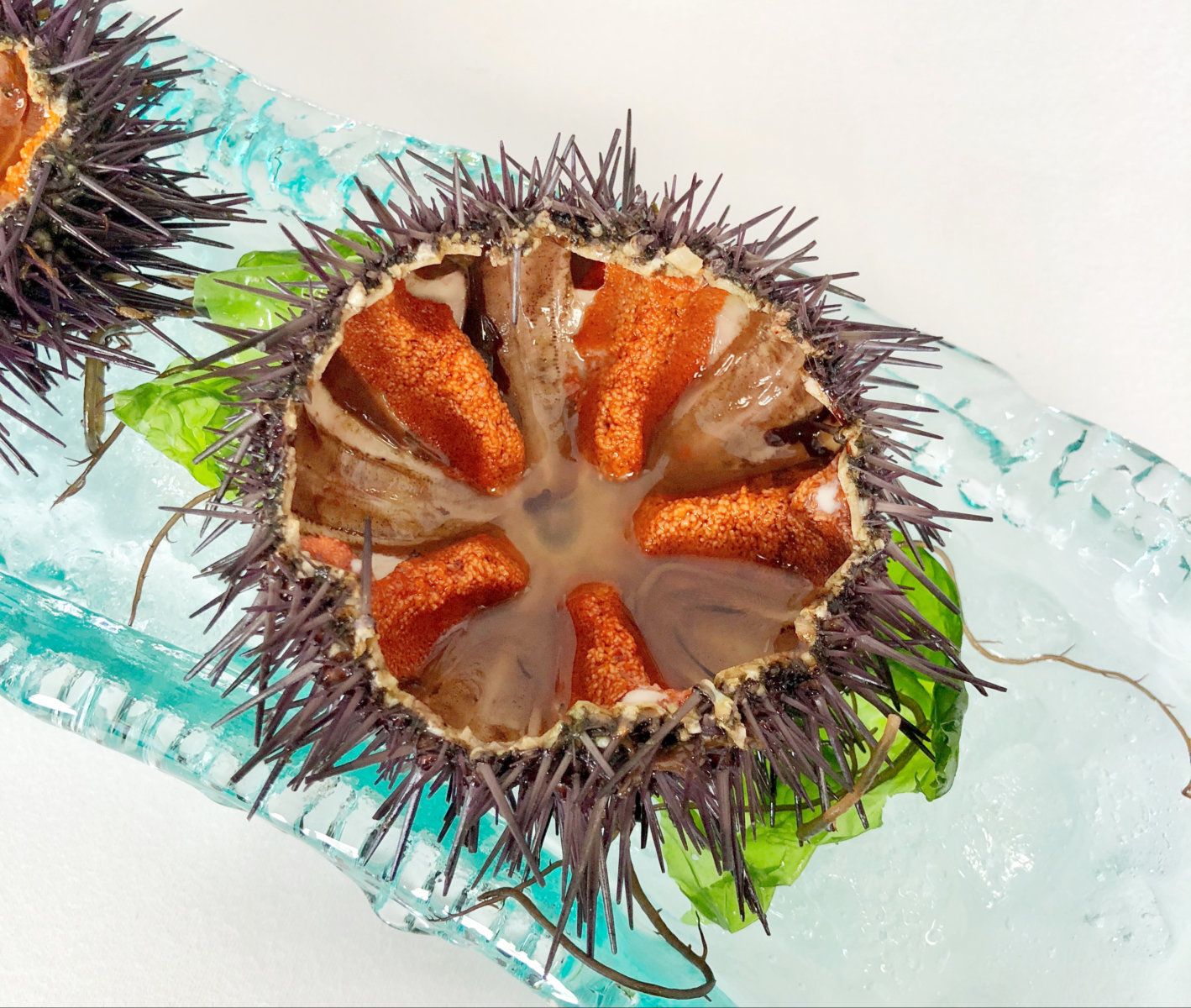
Sea urchin
Spanish writer, Julio Camba once wrote, “There is no shellfish that synthesizes the sea as perfectly as the sea urchin.” Although the Japanese islands are especially famous for this delicacy, consumption is widely spread along our Mediterranean coasts, where it is considered a highly coveted product. Its most extraordinary quality: the flavor is half iodized and saline, half sweet and subtle. A culinary gem that is generally consumed raw to preserve all its nuances. Its season is winter, between December and March and until recently it was only consumed in a minority by coastal spots. Dénia, Javea, Costa Brava and Cádiz are some of the places where the cult of the sea urchin is most apparent.
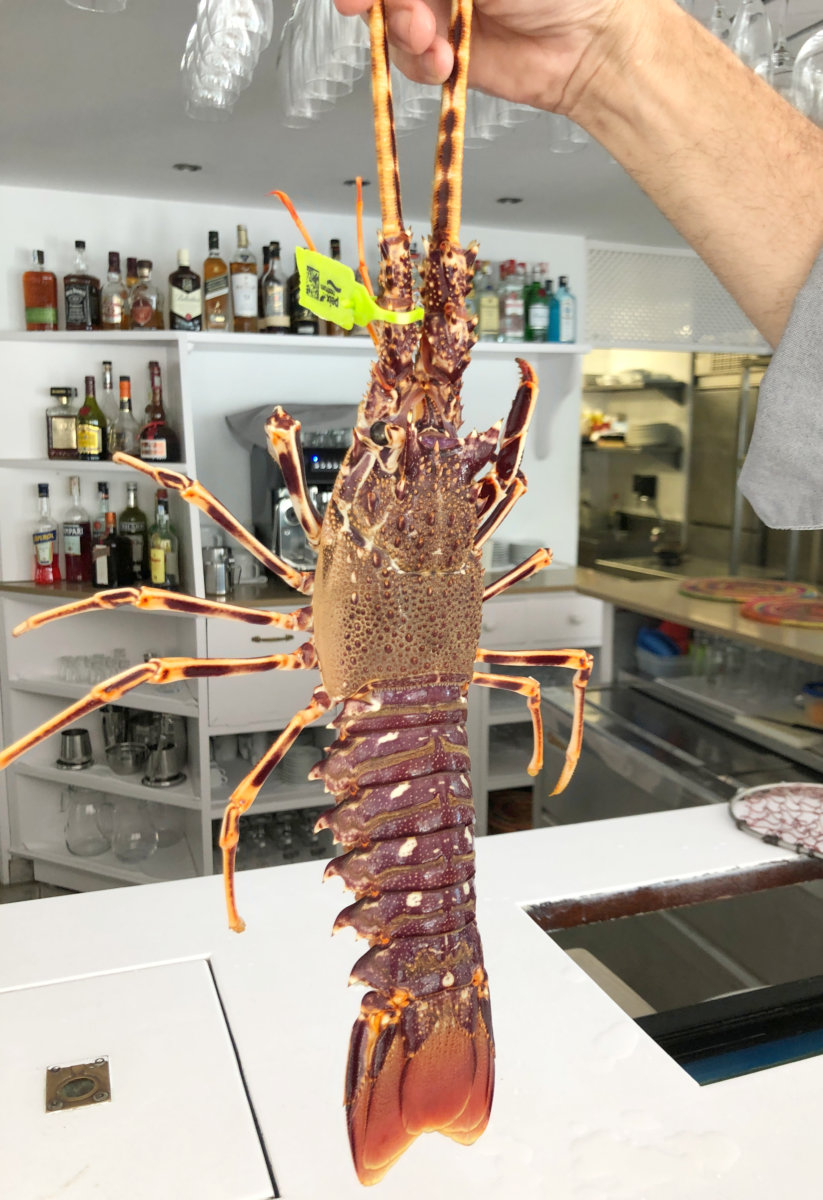
Lobster
On the Spanish Mediterranean coast, there is a great fishing tradition surrounding lobster, especially around the fishing spots of Andalusia, the Costa Brava, Catalonia, and the Balearic Islands. This lobster meat is very fine, consistent, white, tasty and delicate. It differs from the British and the Galician in that it is sweeter and more subtle, less obvious. The red lobster lives on rocky bottoms at shallow depths, hidden among the rocks, while the white lobster is found at deeper depths, and less interesting in terms of cuisine. It can be served in many ways, from boiled and grilled to stewed with onion, with rice or in a stew. Fishing and tasting lobster are world famous in the small town of Fornells, located in Menorca, where it has been a stable to a large number of generations of fishermen, and the heart of the traditional dish, called lobster stew—still served and eaten in the traditional way in restaurants of the fishing villages.
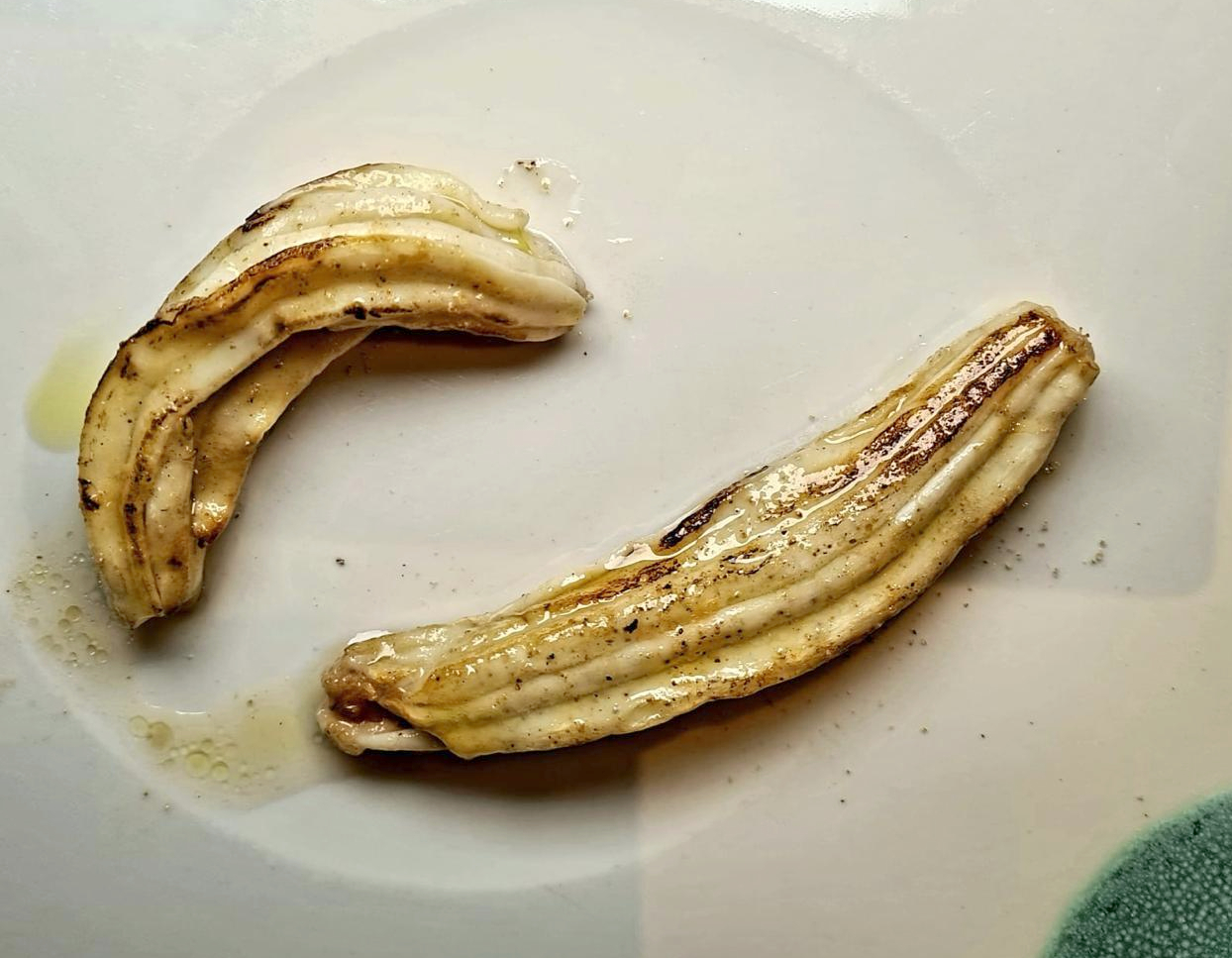
Sea cucumber (Espardeñas)
This echinoderm—a cousin of both the hedgehog and the starfish—is a product that subjugates gourmets of all types thanks to its delicate and suggestive texture. Its body is brown and white speckled. They are solitary creatures and live hidden away at between four and four hundred meters deep under Mediterranean, on the sandy seafloor. The most curious thing about this strange being is that the edible part is none other than the digestive system in which the sand that it absorbs and subsequently expels, circulates. It was a dish that once only the sailors consumed, especially in Catalonia, the Balearic Islands and the Valencian Community. Now it is a hard-to-find exclusive bite. Reminiscent in the texture of raw squid or razor clams, although decidedly more delicate and silky.
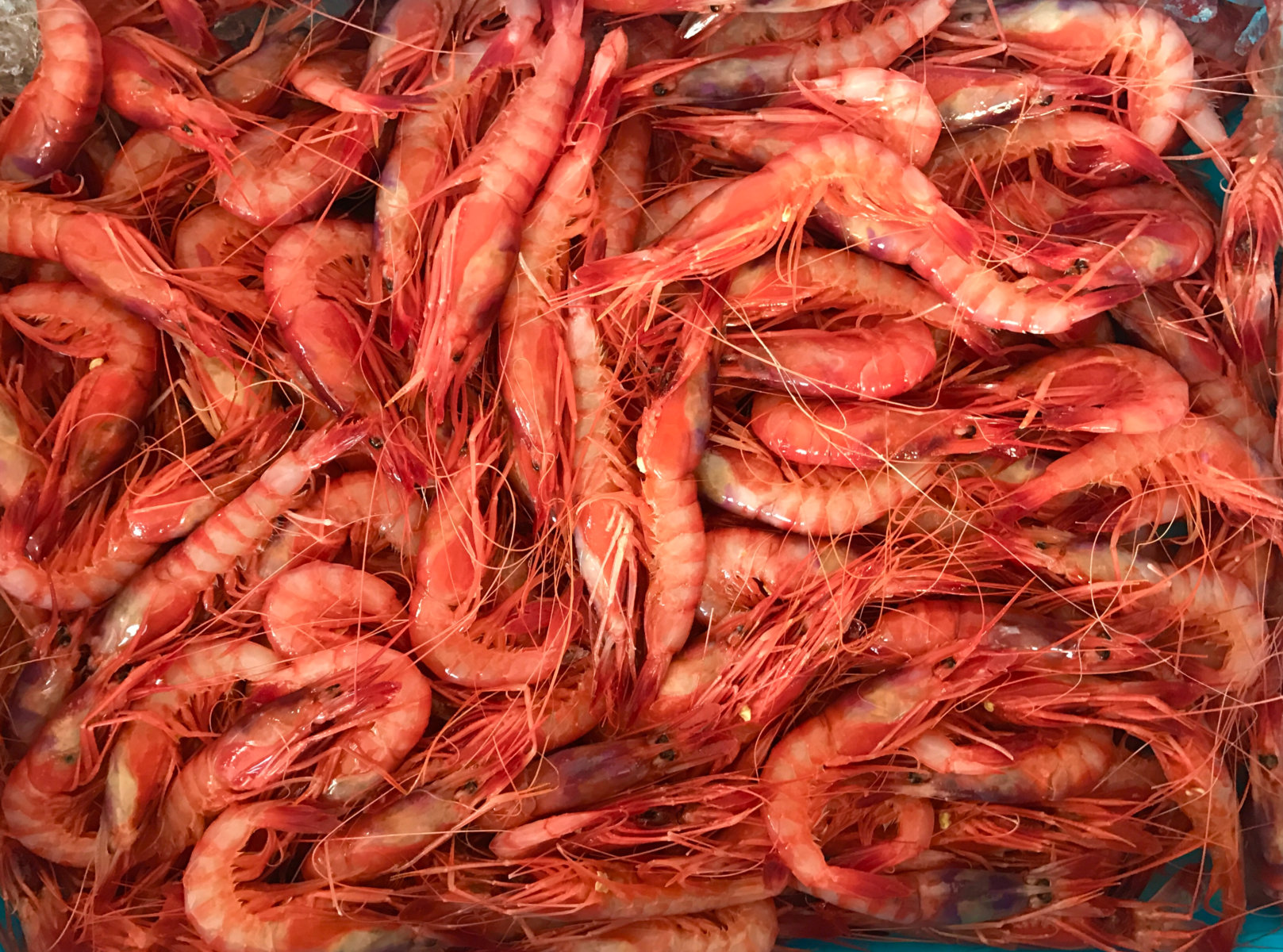
Red shrimp
The red shrimp or Aristeus antennatus is one of the indisputable delicacies of the Mediterranean. Its flavor—somewhere between iodized and sweet—awakens the palate from the first bite. The satin texture and the intensity of its appearance causes one’s head to spin. Who does not dream of a plate of shrimp, in a vermilion shade of red? The animal in question grows best in the depths of muddy and sandy sea floors, between 200 and 500 meters, a fact that made capturing it very complicated until recent times. Shrimp differ organoleptically according to the type of ecosystem in which they live and their diet. Females are more valued in culinary terms, with a size that can get considerable. The red queen of the Mediterranean… The Spanish can argue for hours about which is the best. Among the most accredited kingdoms are Palamós, Denia, Garrucha, Santa Pola and Menorca.
Crayfish
Who doesn’t adore the delicate texture and addictive flavor of Norwegian lobster? This long-bodied crustacean is related to lobster, and for the sweetness and finesse of its meat is one of the most appreciated seafood by gastronomy fans today. As with shrimp and lobsters, crayfish fishing is possible in different areas of the coast, from Andalusia to Catalonia and also in the Balearic Islands. It can be eaten hot or cold, grilled, cooked or in stews, salads and also with rice. Its cooking must be quick so as not to lose its meat. I’ll share a secret with you: if you find a real crayfish in any market, don’t hesitate to try it. It is a very exclusive and limited delicacy. Perhaps the most prehistoric-looking marine animal, with wonderful flavor and texture.
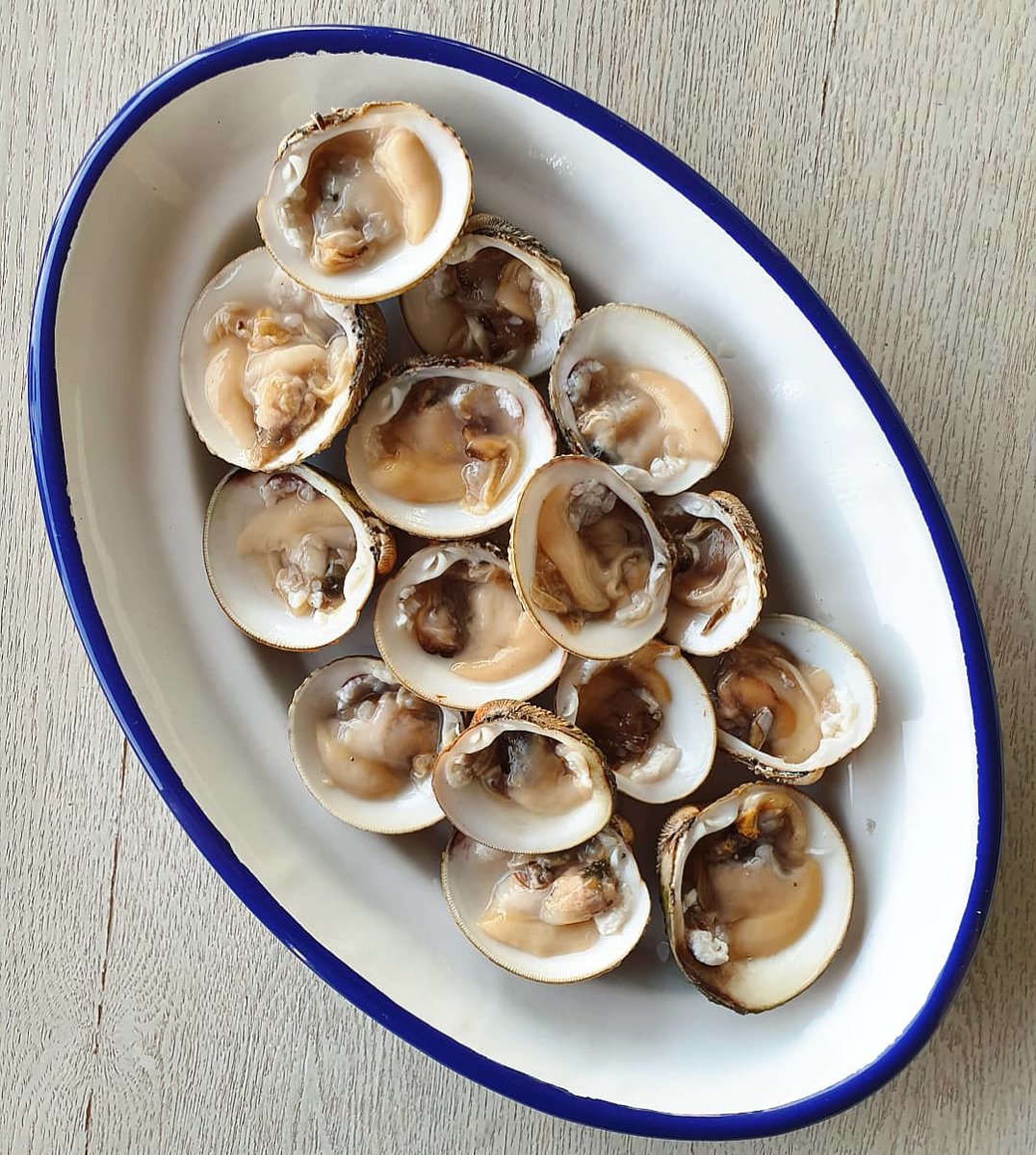
Hardshell clam (split) Escupiñas
Similar in appearance to the cockle, although much larger in size, with a robust shell and concentric striations. Its gastronomic value lies in its very tasty meat, of a firm texture and iodized aroma. The best way to eat them is by preserving their properties, that is, raw or lightly steamed, to enjoy the powerful sea flavor. Although it is possible to find them all along the coast, they are especially present on the Costa Brava, in Menorca and the Andalusian coast.
Sausages
Spanish Mediterraneans don’t only live off the sea. Pork sausages are part of our culture, tradition and gastronomic heritage. In the past, sausages were made to preserve meat. Mediterranean Spain is a great producer, taking advantage of long, dry and sunny days. Although the acorn-fed Iberian ham comes from pasture areas far from the Mediterranean, there are other variations for different types of ham, in addition to almost 300 by-products that vary according to the spices used, curing time, meat cuts, size and climate. The most famous are the fuet, the longaniza, the salchichón, the butifarra and the sobrasada.
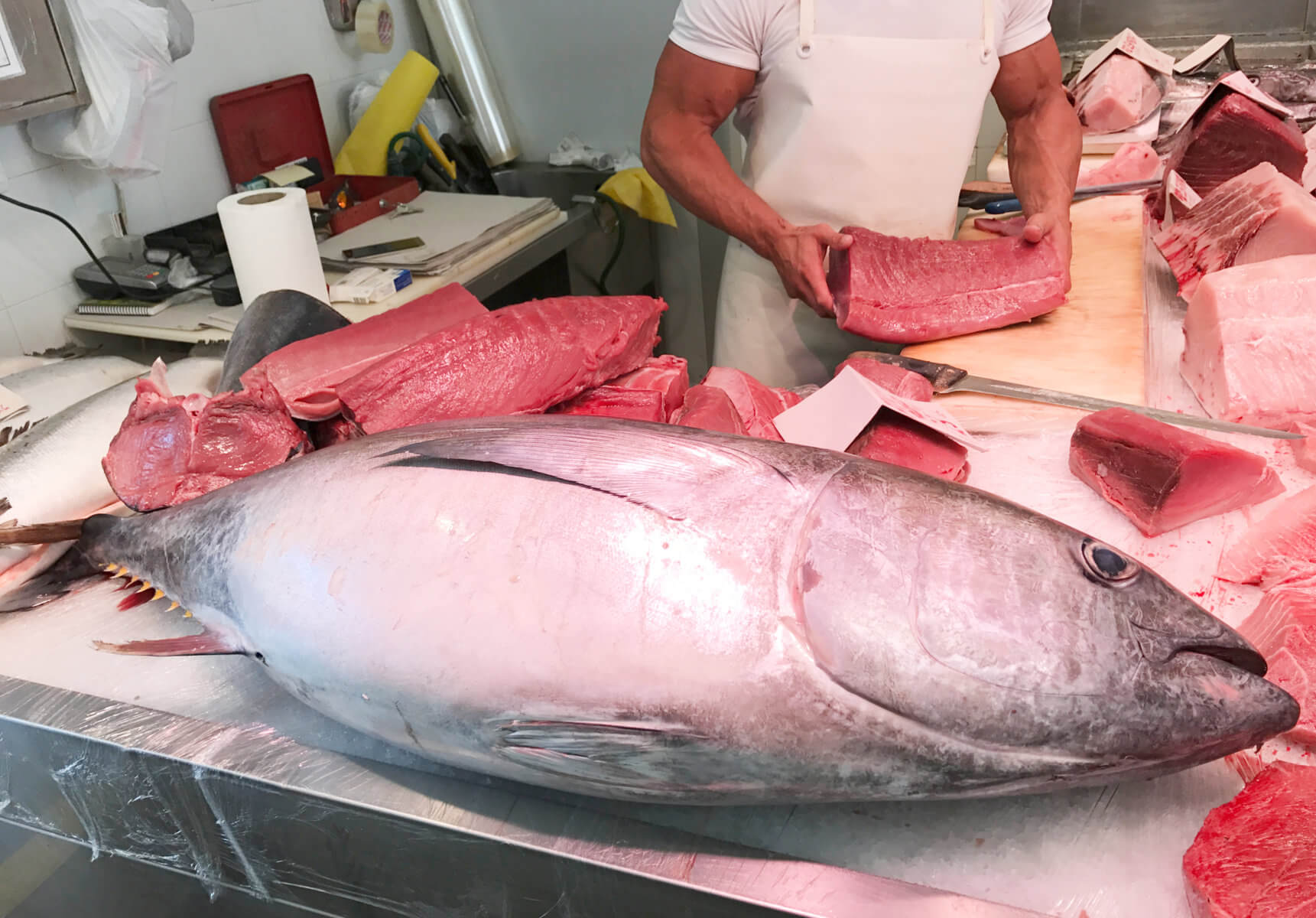
Red tuna
Spain is one of the largest bluefin tuna catchers and exporters in the world. Fishing is common-place along the Mediterranean coasts in the spring and summer months, the specimens that come from the ancient Almadraba technique of fishing with networks of nets, a method especially favored and historically bound to Cádiz. It has remained practically the same for more than 3,000 years. The catch depends on the abundance of the resource and weather factors such as cleanliness, transparency, water temperature, moon phase, tides, and wind without sophisticated means being used to artificially increase the quantity. Fishing is calculated and timed to take place at the optimum moment—when it is ripe with fat, for tuna belly a delicacy and highly requested in Japan. A morsel that is also possible to find in Andalusia and other Spanish coasts.
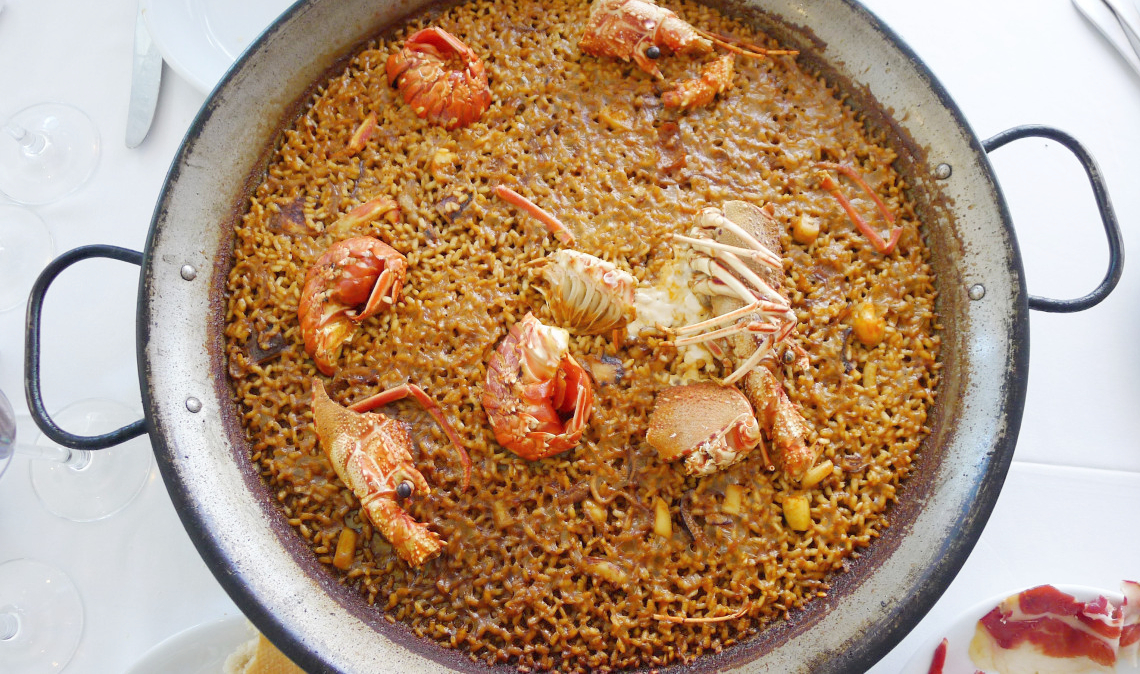
Rice
Oh, paella! There are few recipes that are quite so Spanish and Mediterranean. A true icon. Although its purist composition is with chicken, rabbit, green beans and locust beans, the recipes and variants of this preparation are endless, the only thing that does not change is the cereal with which they are made. The Ebro Delta and the Albufera de Valencia. Both on the Mediterranean coast are two of the two most important wetlands in Spain. Round grain varieties are cultivated that absorb flavor very well and support the cooking process. There isn’t a more democratic or popular food: it is used in countless culinary creations, during all seasons of the year and in all geographical areas.
Olive oil
Spain is the world’s leading producer and exporter of olive oil, with an area dedicated to olive groves of around 2.5 million hectares. There are approximately 300 olive varieties in our country. The most cultivated olive varieties in Spain are: picual, cornicabra, hojiblanca, arbequina, weevil and empeltre. Picual is the most widespread variety of olive, both in Spain and worldwide. In Spain, it represents 50% of all production and 20% worldwide. The olive tree, a mythical symbol, is pivotal in the history and culture of the various Mediterranean civilizations and populations. From Catalonia to Andalusia, and throughout the Valencian Community, Murcia and the Balearic Islands. Cultivated and used by most chefs as a common ingredient throughout the Spanish Mediterranean coast.
Wine
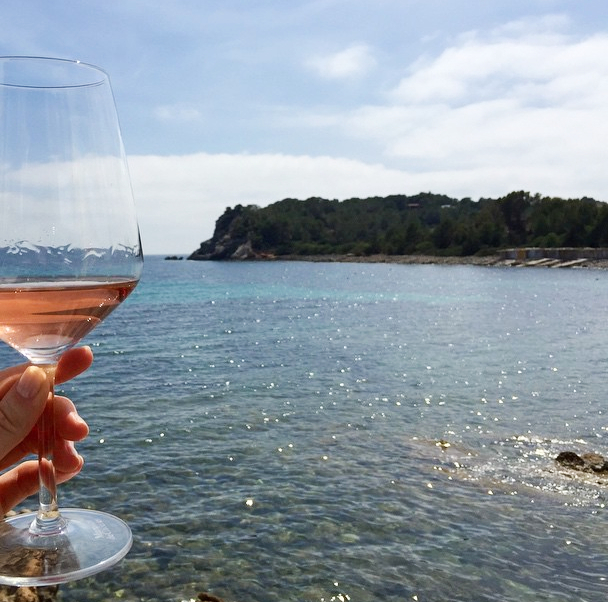
The Spanish Mediterranean coast has a winemaking tradition that spans more than 2,500 years. A temperate climate, with summers that are not very hot, dry and mild winters. The wine industry is concentrated in this area with about 2,000 wineries, almost thirty appellations of origin and around twenty varietals. Those of Priorat, Penedés, Alicante, Jumilla, Mallorca and Marco de Jerez stand out, although each year better wines are produced in all areas, many of which are internationally recognized. Although Bruno Tanino is going to extend on the footprint of the wine in our Mediterranean culture, for me perhaps the most important thing is to emphasize the enormous diversity of soils, climates and varietals that exist, resulting in wines of enormous complexity, in many cases that mirrors their own environment.
Honey
Until the 16th century, when cane sugar appeared, honey was the only known sweetener. Spain is the leading honey producer in Europe and this mainly on the coast and in inland continental Mediterranean climate zones. Our honey is very aromatic and delicately flavored, widely used by chefs, who even rescue ancient recipes. The most representative types of honey in the Mediterranean areas are orange blossom, oak and rosemary honey. Although there are also other types such as albaida, almond, lemon and thyme.
